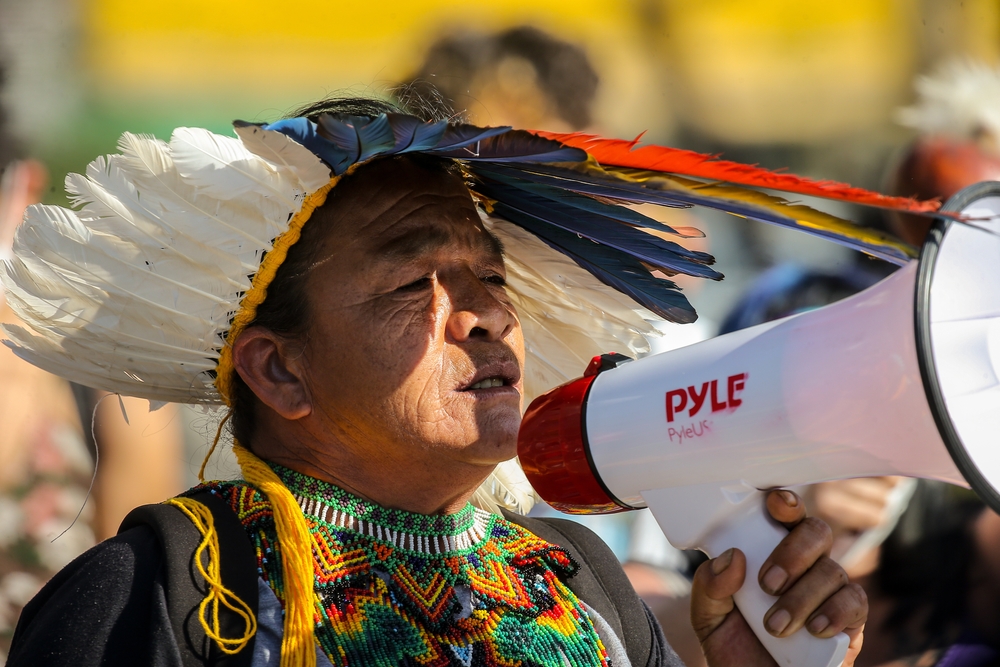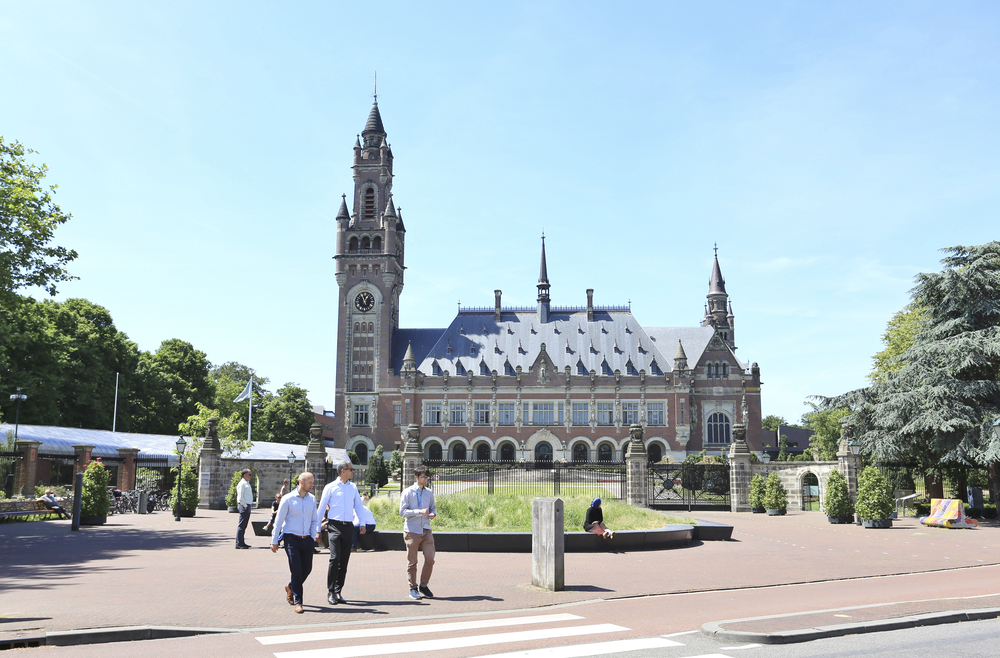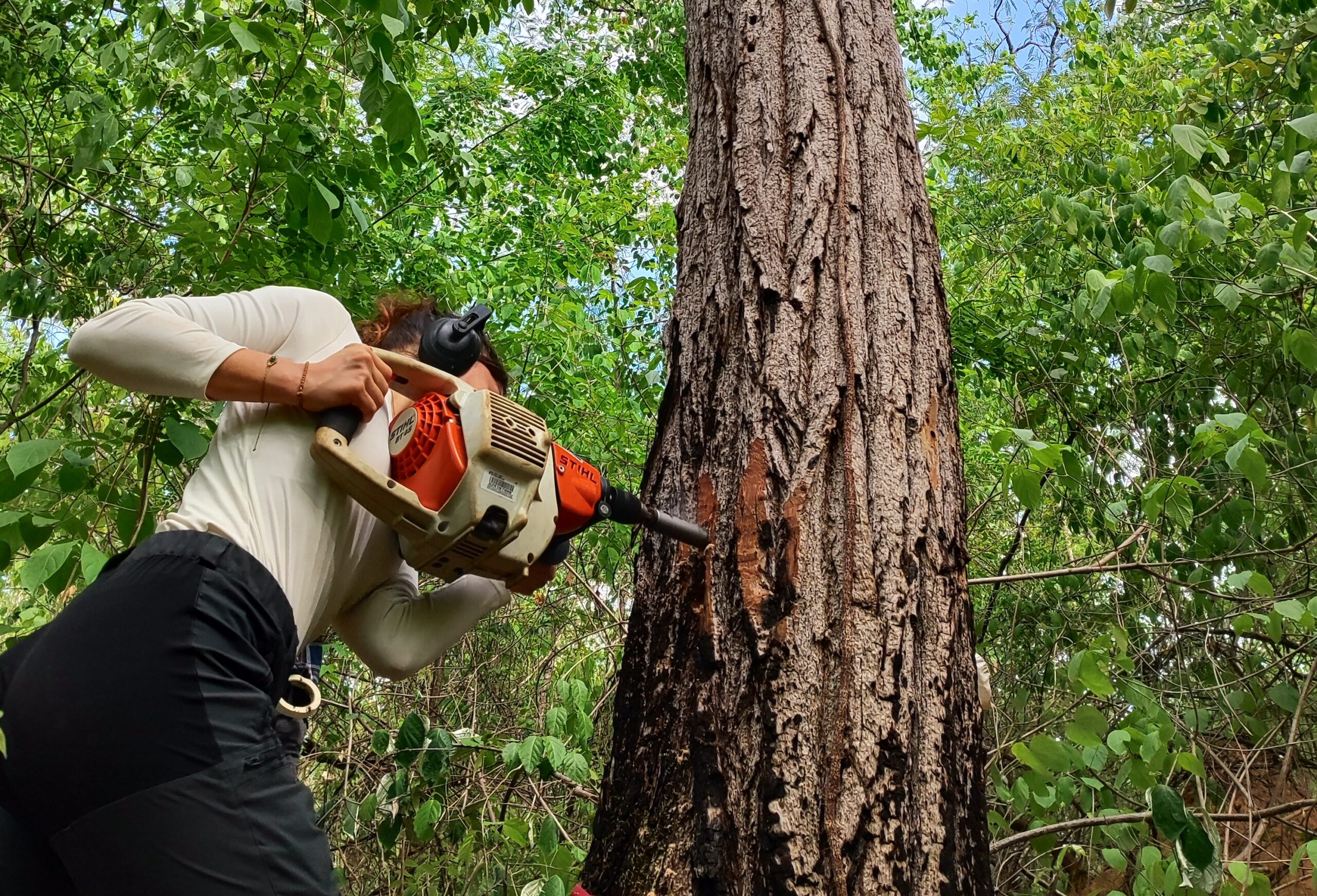Following the disappointing climate summit in Egypt, this month’s focus lies on biodiversity. The United Nations COP15 Biodiversity Conference is held in Montreal, Canada, from 7 to and including 19 December. Resource interviewed conservation policy expert Jelle Behagel, who is in Montreal investigating.
He will not be holding a presentation in Montreal but is there for research purposes. Associate professor Jelle Behagel (Forest and Nature Conservation Policy) travelled to Canada with two students to gather data. They will observe and interview the negotiators. ‘We will ask them about their goals, ambitions, and the strategies they employ during the negotiations to achieve these ambitions.’
He also hopes to gain inspiration for a new serious game for the Advanced International Environmental Politics and Diplomacy course, for which Behagel is one of the facilitators. ‘In this game, students mimic diplomatic processes’, he explains, ‘There are ten roles from which to choose, and ten students who spend a full day negotiating in a classroom. Naturally, there are issues, but, as a teacher, I observe, never intervene.’
Bindening treaty
There is more at stake in the real world. There is a Global Diversity Framework on the agenda, the Canadian equivalent of the Paris climate agreement. There is already a treaty: the Convention on Biological Diversity, which was signed in Rio de Janeiro in 1992. ‘That treaty states that countries will halt the decline in biodiversity,’ Behagel declares. But, thirty years later, the treaty has shown to be a paper tiger, yielding no results. ‘Of the twenty Aichi biodiversity goals formulated in 2011, not a single one was achieved.’
The UN hopes to achieve a ‘Paris moment’ during this summit, says Behagel, referring to the legally binding climate agreement reached in Paris in 2015. This treaty was undersigned by 196 nations and stipulates their commitment to limiting global temperature increase to no more than 1.5 degrees Celsius. The 30 by 30 mission, to have 30 per cent of all land and sea surface marked as protected by 2030, is part of the framework and the key goal of the conference. Behagel expects an agreement to be reached. The critical question, however, is how this goal will be detailed. ‘Who pays what, what defines protection and what is the role of indigenous groups?’
Traditionally, indigenous peoples excel at conserving natural values
Jelle Behagel, associate professor of Forest and Nature Conservation Policy.
Indigenous grounds
Indigenous peoples make up six per cent of the global population, but the land they inhabit contains 80 per cent of the world’s biodiversity. Nature conservation will have to include indigenous peoples. Acknowledgement and protection of their rights is, hence, another important item on the summit agenda. Behagel: ‘If you protect all the indigenous lands, you will easily achieve the 30 per cent. But how will you get there? Traditionally, indigenous peoples excel at conserving natural values. But these populations are also changing. What should a government permit in terms of how indigenous peoples use the land, and how do you help them retain stewardship?’
Even if the rights of indigenous peoples are included in the agreement, how well countries will adhere to the stipulations remains to be seen. ‘An international agreement generally lacks authority, as there is no international police force. Legally binding is insufficient, it is about moral responsibility.’

 Indigenous peoples’ protest in São Paulo, Brazil, September 2021.
Indigenous peoples’ protest in São Paulo, Brazil, September 2021. 

